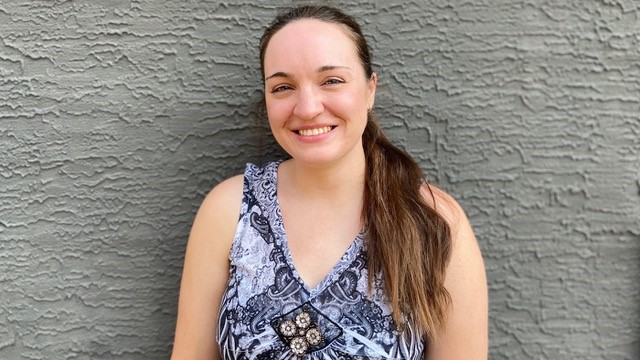
What I Did Last Summer: Christianne Blais on corticosteroid research
Taking a daily puffer with inhaled corticosteroids is a given for millions of people who have eosinophilic asthma.
By Researchers Under the ScopeListen to all episodes of Researchers Under the Scope podcast.
Subscribe to the podcast on Spotify or Apple Podcasts
But doctors don't always know what dosage will be most effective for their patients.
“No two patients are going to be the same, so there’s that inherent difficulty in treating them,” said Christianne Blais, who’s now in her fourth year of medicine.
Over the past few summers, Christianne Blais looked at what asthma patients need, to breathe easier.
When Covid-19 hit, rather than collecting sputum samples and conducting in-person interviews, Blais found herself writing a review paper.
Specifically, she wanted to examine existing studies showing various dosages of daily inhaled corticosteroids, using brochoprovocation. Her goal was to compare the inhaled drug's effect on airway narrowing and inflammation.
“Our ultimate goal was to see the relative potency,” said Blais. “How do they measure up?”
Instead, Blais found studies of different corticosteroids have been hit and miss, with a patchwork of approaches to brochoprovocation, subject groupings, and wash-out times.
In some cases, a study may prove a drug is safe, but it fails to accurately measure the true effects of varied dosages for participants.
“We couldn’t actually determine the relative potencies of these drugs, because even with a singular drug the different trials that were done…. were kind of all over the map,” Blais said.
In this episode, the fourth-year University of Saskatchewan medical student weighs in on what works, and what doesn't in these studies.
"We have all these tools in our toolkit. We just need to apply them in a way that makes sense so that we have high-quality research,” said Blais.
